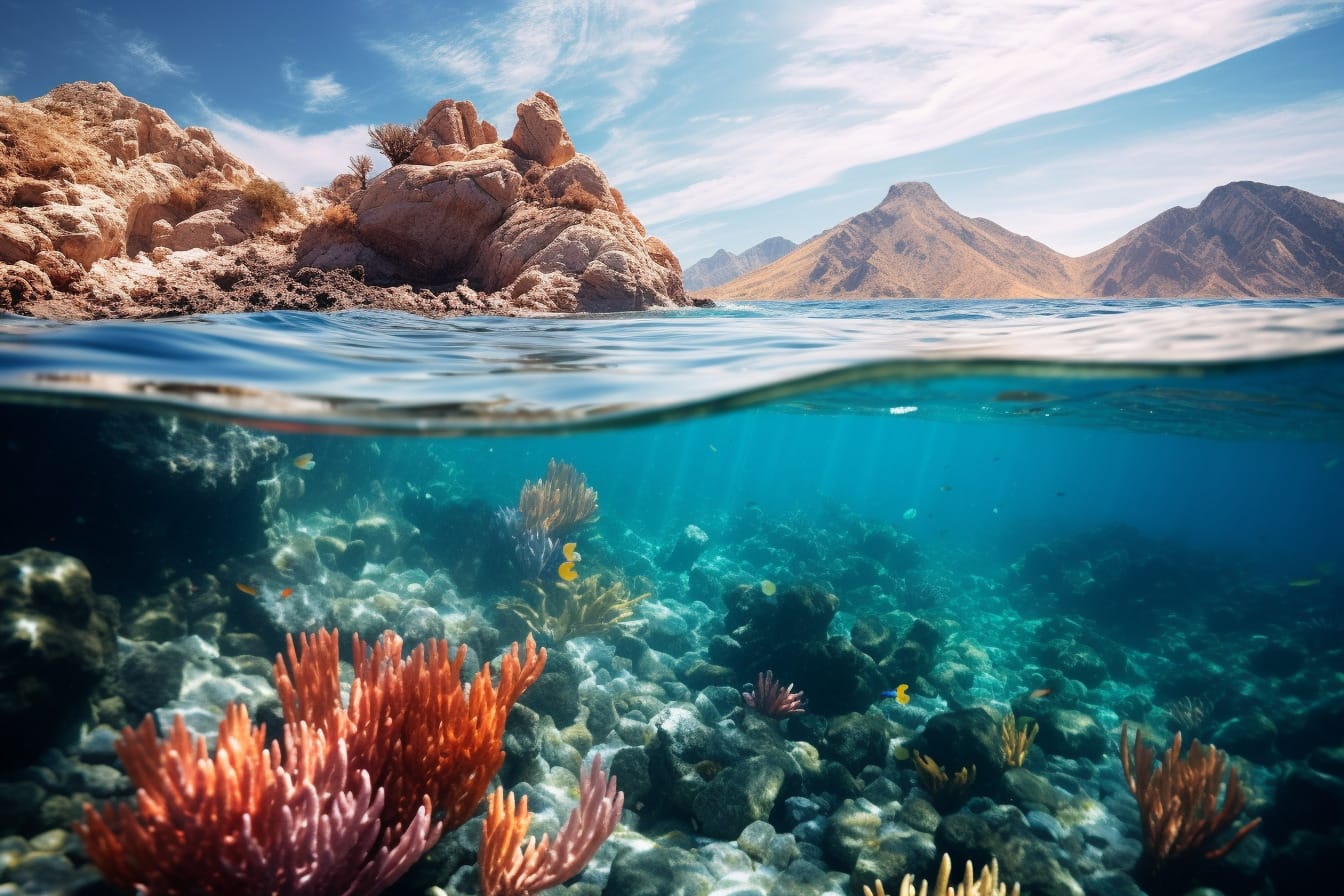BY KATHRYN REED
It would be hard to find a place humans haven’t ruined in some manner. Fortunately, the stories about recovery—by humans—are also out there.
One of those places is Cabo Pulmo National Park on the east side of Baja Sur in Mexico.
This area—which covers land and the Sea of Cortez—became a park in 1995, and a UNESCO World Heritage site in 2005.
SeaLegacy and Beta Diversidad point to the success of restoring Cabo Pulmo as they, along with other environmental agencies, try to broaden the protection of Baja’s natural resources.
Time magazine this month reported that the organizations are seeking to “create a protective zone that will fit like a sock over the southern half of Baja California—where the peninsula’s greatest biodiversity is found—extending into the waters of the Gulf of California to the east of Baja and the Pacific Ocean to the west.”
The article also says the proposal states, “Some sport and artisanal fishing will be allowed near the coasts, and a tightly regulated ecotourism industry, but no industrial fishing. Farther out into the ocean will be a ‘no take’ zone that will leave part of the Pacific and the Gulf of California entirely untouched.”
Ultimately it will be up to the president of Mexico, Andres Manuel Lopez Obrador, to designate the waters as a marine preserve. A decision could come this year.
Fishing is a big business in this part of the world. Big for those selling their catch commercially, and big for tourist boats taking visitors out with the expectation something will be on the end of their line.
Tourist boats also are out in force chasing whales all for the enjoyment of looky-loos. What this is doing to these mammals, well, it can’t be beneficial.
Advocates for the preserve say the region has been overfished and something must be done to bring back the fish and their habitat.
The magazine article said only 4 percent of the bluefin tuna population in this region is still in these waters.
“For every 2.2 pounds of shrimp pulled from the ocean, there are more than 20 pounds of unwanted bycatch—mostly juveniles of various species,” Time reports. “The nets drag along the bottom of the ocean, damaging the delicate ecosystem of the ocean floor, and releasing the carbon that’s sequestered in the sediment.”
Cabo Pulmo is the example people keep returning to. Industrial and artisanal fishing are no longer allowed there, and ecotourism is regulated.
The coral reef there has recovered, and the fish population has increased by 465 percent, reports Time. Plus, the diversity of aquatic wildlife has also proliferated.


